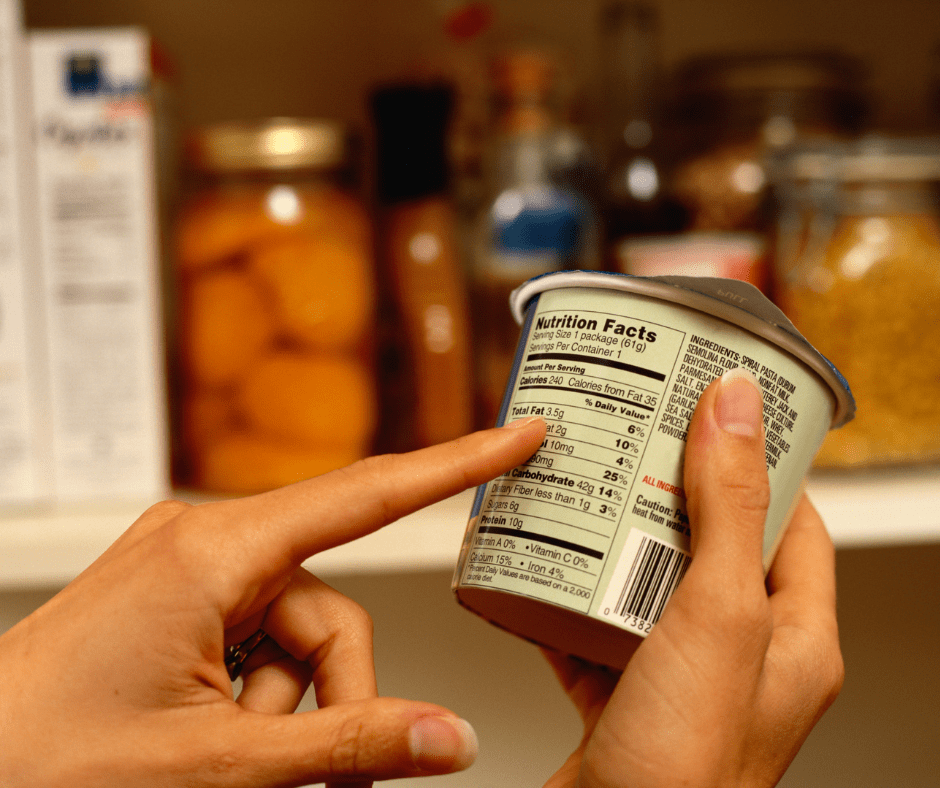Understanding Food Labels: What to Look For and What to Avoid
Ever stood in the grocery store aisle, staring at the back of a cereal box, wondering what all those words and numbers really mean? You’re not alone. Food labels can be confusing, but once you learn how to decode them, they become powerful tools to help you make healthier choices.
Start With the Serving Size
The first thing you should look at is the serving size. All the nutritional values listed on the label are based on this amount. If the serving size is one cup and you eat two, you’re getting double the calories, fat, and sugar listed. It’s easy to overlook, but understanding this is key to managing your intake.
Calories Are Important—But Not Everything
Next, glance at the calories per serving. While counting calories isn’t everything, it gives a general idea of how energy-dense the food is. If you’re trying to lose or maintain weight, this number can help you stay within your daily limit.
Know Your Nutrients: What to Avoid
Now comes the part most of us skip—looking at the breakdown of nutrients. Try to limit saturated fat, trans fats, added sugars, and sodium. These can contribute to chronic health issues like heart disease, diabetes, and high blood pressure when consumed in excess. A good rule of thumb: if these numbers are high and there’s little fiber or protein to balance it out, it’s probably not the best choice.
Avoid foods that list hydrogenated oils or high-fructose corn syrup in the ingredients. They may be hidden under fancy names, but they’re red flags for ultra-processed items.
Know Your Nutrients: What to Look For
Look for foods high in fiber, protein, vitamins, and minerals like calcium, iron, and potassium. Fiber keeps you full, protein supports muscle repair, and those minerals play essential roles in overall wellness.
A “good” daily value is 10% or more, while anything above 20% is considered “high.” So if a cereal has 25% of your daily fiber needs, that’s a win.
Ingredients List: Simpler Is Better
The fewer ingredients, the better. If you can pronounce everything and recognize it as real food, you’re on the right track. A long list with chemical-sounding names usually means the food is heavily processed.
Reading food labels might feel overwhelming at first, but once you get the hang of it, it becomes second nature. With a bit of practice, your shopping cart—and your health—will thank you.







